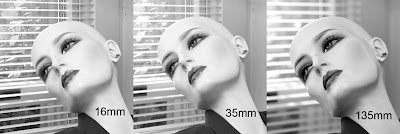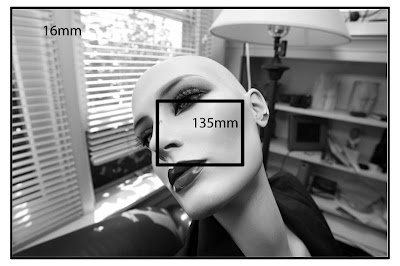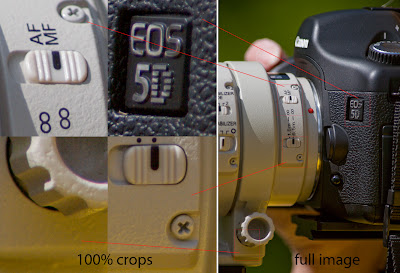While researching to try to write up my own thoughts on it I ran across a site by Paul va Walree that already had all the answers. You can find it here.
Paul brings in things other sites overlook, such as print size or projected size and viewing distance (see the Visual Acuit section). He demonstrates how depth of field (DOF) does not normally vary with focal length (see the Background Blur section). I say normally because the construction of some lenses (symetrical, retro focus, telephoto, etc.) can have a little effect. Many folks are surprised to learn that some longer focal length macro lenses sometimes offer more depth of field than a shorter focal length lens. He also talks about why DOF scales on lenses are inadequate (see the Hyperfocal distance section).
For more on DOF scales and DOF tables I suggest reading some things from Harold M. Merklinger. Start with his Depth of Field Revisited article. Then you can follow it up by reading Merklinger's book The Ins and Outs of Focus (available as a PDF file).
Going back to Paul van Walree, he has a few other articles online that are going to save me from doing a lot of writing. I highly recommend these to all serious photographers interested in the technical side of things:
http://www.vanwalree.com
http://www.vanwalree.com
http://www.vanwalree.com
If you want to go even deeper into diagrams and math you can check out Norman Korens article on Depth of Field. A couple of summaries from that site:
"DOF is much more closely related to magnification and f-stop; DOF expressed in distance is nearly independent of focal length."
"Those who use depth of field scales, tables, and formulas (e. g. for hyperfocal settings), restrict themselves – most probably without knowing why – to the image quality potential of an average pre-World-War-II emulsion."
(above is actually a quote from Carl Zeiss Camera Lens News at http://www.zeiss.de/C12567A8003B8B6F/EmbedTitelIntern/CLN01e/$File/CLN1.pdf (PDF File))










